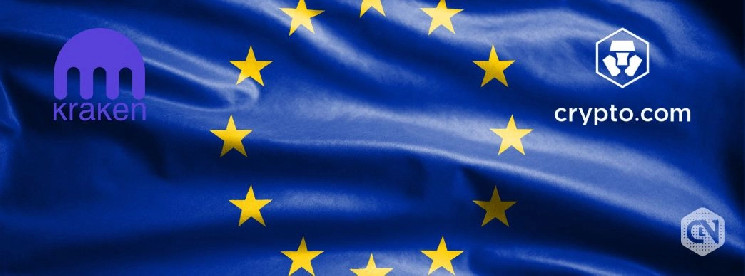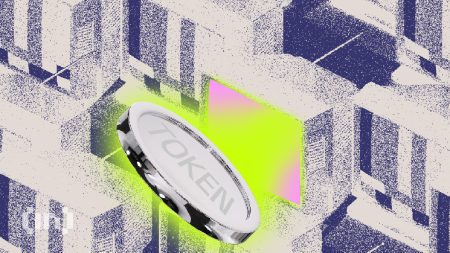The Evolution of Stablecoins in Europe: A Regulatory-Driven Transformation
The cryptocurrency landscape in Europe is undergoing a significant transformation as a result of new regulatory directives aimed at stabilizing the digital asset ecosystem. The European Union (EU) has mandated that all stablecoins operating within its borders must adhere to stringent regulatory requirements, including obtaining an electronic money license in at least one member state. This directive has set off a ripple effect, prompting major crypto exchanges like Crypto.com and Kraken to explore launching their own stablecoins while others opt for strategic partnerships or retreat from the market. As the deadline for compliance approaches, the stablecoin ecosystem is becoming increasingly competitive, with players jostling for dominance in a regulated environment.
Crypto.com and Kraken: Pioneering New Stablecoins in Europe
Two of the most prominent crypto exchanges, Crypto.com and Kraken, are at the forefront of this shift, each taking distinct approaches to comply with the EU’s regulatory framework. Crypto.com has announced plans to launch its own stablecoin project by the third quarter of 2025. In the interim, the exchange is working diligently to address the liquidity gap left by the exit of Tether (USDT), the world’s most widely used stablecoin, which is being phased out in Europe due to non-compliance with the new regulations. Crypto.com’s strategy is not just about filling a void but also about ensuring its new digital asset meets the EU’s rigorous standards, positioning itself as a trusted player in the region.
Kraken, on the other hand, is taking a different route by leveraging its Irish subsidiaries, Payward Ireland Limited and Payward Europe Solutions Limited, to develop a U.S. dollar-pegged stablecoin. While Kraken plans to automatically convert non-compliant holdings into a different stablecoin, its token is still in the early stages of development and is unlikely to meet the EU’s deadline. Kraken is also part of the Global Dollar Network consortium, a collaborative effort that introduced the USDG stablecoin in partnership with Paxos last year. Other members of this consortium, such as Robinhood and Galaxy Digital, are also exploring opportunities in the stablecoin space, signaling a broader industry shift toward collaboration and compliance.
A Competitive Landscape: Regulatory Compliance Shapes the Market
The EU’s regulatory directive has significantly altered the stablecoin landscape, making it more competitive than ever. To operate within the bloc, stablecoin issuers must now hold an electronic money license in at least one EU member state. This requirement has narrowed the field, with only a few players securing the necessary approvals. Circle, the issuer of USDC, one of the most widely used stablecoins, obtained its license last summer, enabling it to continue operating in the EU without disruption.
Tether, the world’s largest stablecoin with a market capitalization of $142 billion, has not yet secured the required approvals, contributing to its declining market share. According to DeFiLlama, Tether’s market share dropped from 70% in December to approximately 63%, reflecting the challenges it faces in navigating the EU’s regulatory environment. This decline underscores the importance of compliance in maintaining dominance in the stablecoin market.
Strategic Partnerships: A Path Forward for Some Exchanges
Not all crypto exchanges are opting to launch their own stablecoins. Some, like Coinbase and Binance, have chosen to delist Tether and other non-compliant tokens in Europe, favoring alternatives like USDC. This strategy allows them to maintain compliance while still offering users access to stablecoins. Coinbase, in particular, has been vocal about its commitment to regulatory adherence, making it one of the most trusted platforms in the industry.
Other exchanges, such as Gemini, initially explored expanding their GUSD stablecoin into Europe but have since retreated, likely due to the challenges posed by the EU’s regulatory requirements. This decision highlights the high barriers to entry in the European market and the need for a well-thought-out strategy to succeed.
Implications for Tether and the Future of Stablecoins
The exit of Tether from Europe and its declining market share have significant implications for the wider cryptocurrency market. As the largest stablecoin provider, Tether’s dominance has long been a cornerstone of the ecosystem, facilitating trade and providing liquidity. However, its failure to comply with EU regulations has created an opportunity for other players to step in and fill the void.
The rise of new stablecoins, such as those being developed by Crypto.com and Kraken,signal a shift toward a more fragmented and regulated market. While this















